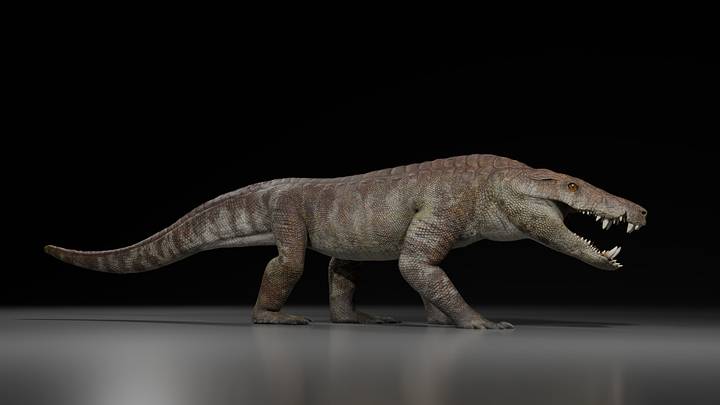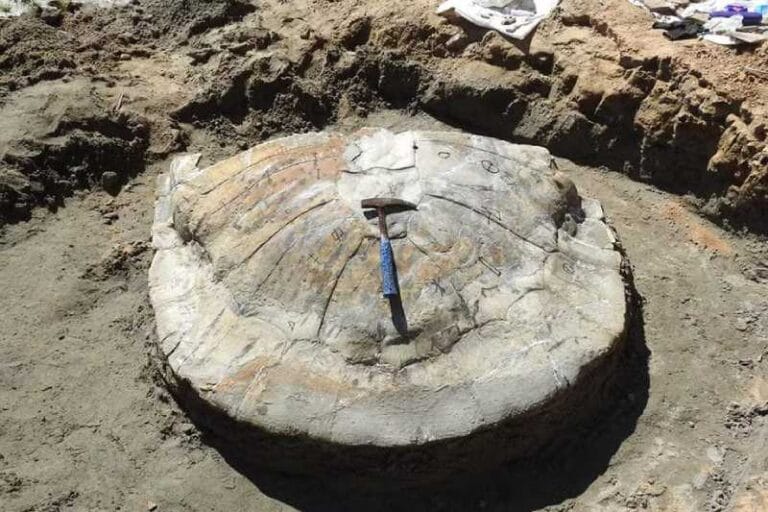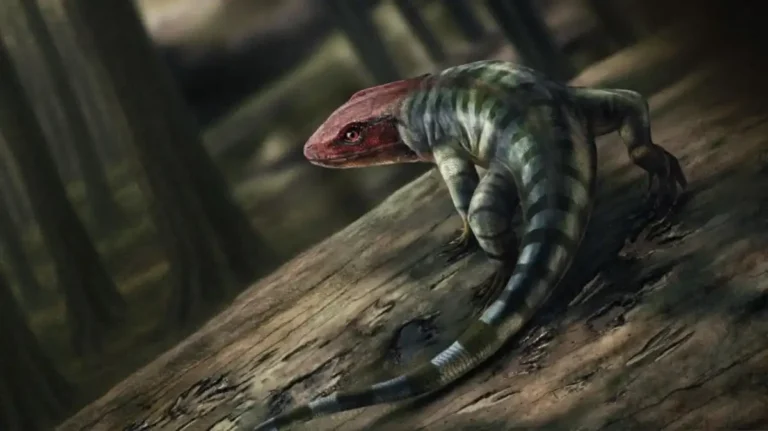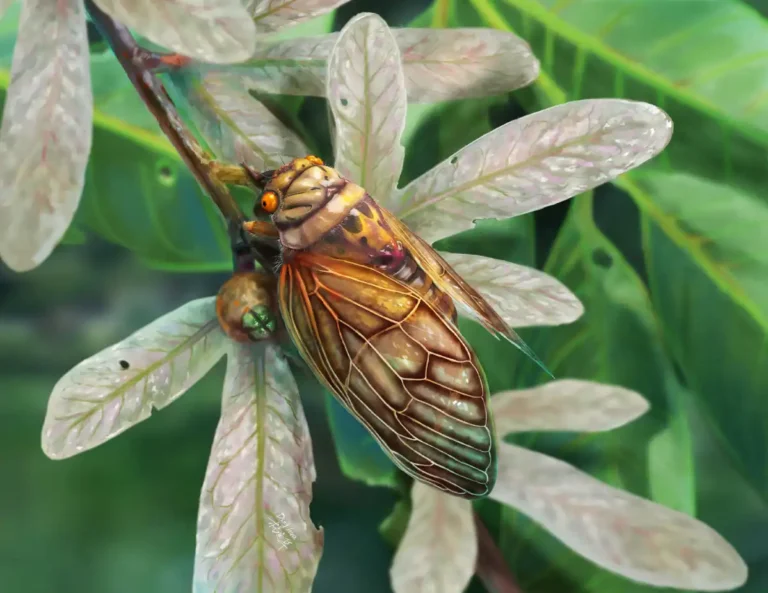Fossil of 500 million-year-old larva found with preserved brain
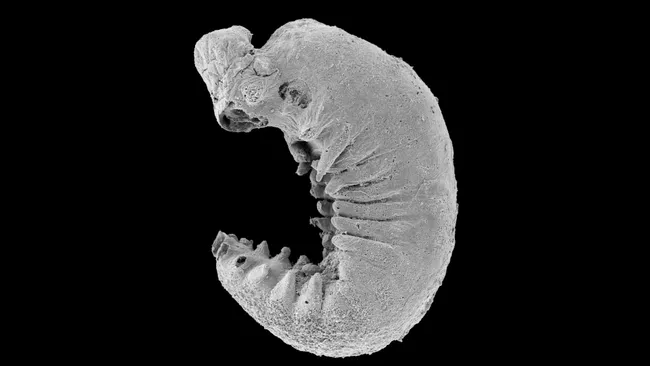
In a groundbreaking discovery, researchers have unearthed a 500 million-year-old larva fossil, remarkably preserved to reveal significant details about the evolution of arthropods. This extraordinary find, a species now known as Youti yuanshi, offers a rare and invaluable look into the development of complex brains in the largest animal group during the Cambrian period.
The Y. yuanshi fossil, discovered in the Yu’anshan rock formation in China’s Yunnan Province, belonged to a minuscule, worm-like creature that lived in the ancient seas. Despite its diminutive size—comparable to a grain of sand—the fossil’s preservation is exceptional.
Researchers employed X-ray scanning to create virtual 3D images of its internal structures, unveiling a well-preserved brain and primitive circulatory system. These images also revealed traces of nerves connected to the larva’s rudimentary legs and eyes, providing unprecedented insights into early arthropod anatomy.
Lead author Martin Smith, an associate professor in paleontology at Durham University, expressed his astonishment at the discovery. “When I used to daydream about the one fossil I’d most like to discover, I’d always be thinking of an arthropod larva, because developmental data are just so central to understanding their evolution,” he said. He emphasized the rarity of finding fossilized larvae due to their fragility and minute size, making this discovery particularly significant. Smith highlighted that developmental data from such fossils are crucial for understanding the evolutionary processes of arthropods.
The fossil’s preservation, attributed to the replacement of its soft tissues with phosphate shortly after death, allowed scientists to observe intricate features that typically decay and are lost over time. “I already knew that this simple worm-like fossil was something special, but when I saw the amazing structures preserved under its skin, my jaw just dropped—how could these intricate features have avoided decay and still be here to see half a billion years later?” Smith remarked. This process likely resulted from higher levels of phosphorus in the surrounding water, facilitating the conversion of the creature’s cells into phosphate minerals.
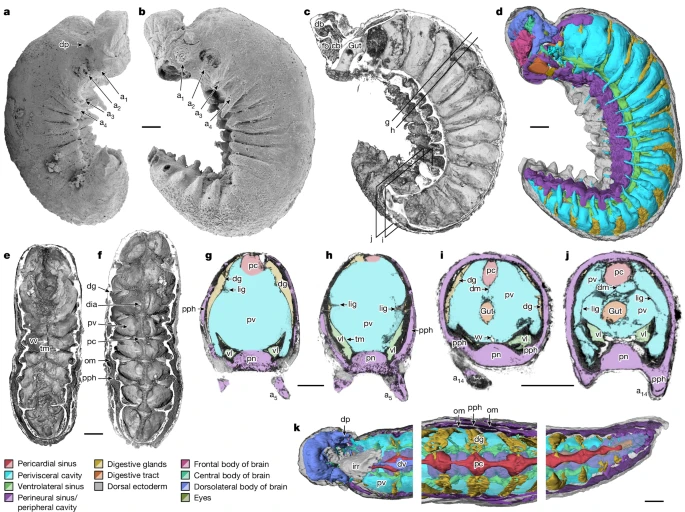
One of the most striking revelations from the Y. yuanshi fossil is the evidence of an ancestral brain region, indicative of the evolutionary trajectory toward more specialized and sophisticated arthropod heads. These adaptations, including the development of antennae and other appendages, enabled arthropods to diversify their behaviors and morphologies. Such evolutionary advancements played a pivotal role in the rapid rise and continued diversity of arthropods, allowing them to thrive in various ecological niches and become some of the most versatile and successful animals on Earth.
“As the arthropod brain has developed, that’s allowed arthropods to exhibit much more complicated behaviors and even more complicated morphologies,” Smith noted. This complexity, in turn, facilitated their adaptation to different environments and lifestyles, including becoming sophisticated predators.
The discovery of the Youti yuanshi larva fossil provides a vital roadmap for understanding the evolution of arthropods. The fossil’s exceptional preservation offers a window into the early development of complex brains and highlights the evolutionary innovations that have enabled arthropods to flourish from the Cambrian period to the present day.
The study was published in the journal Nature.

